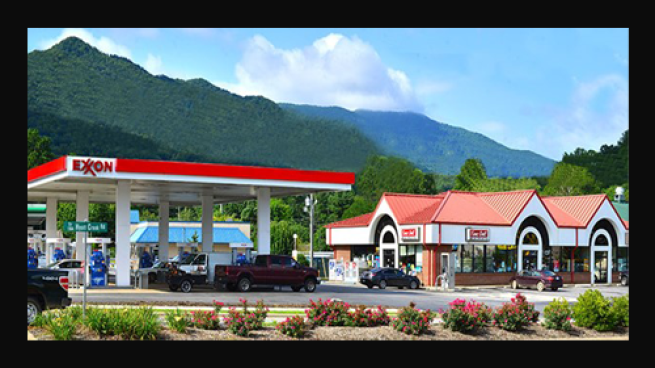Climate Change and Peak Energy: The Crucible Carbon Debate

The debate about climate change and its impact on the energy industry has been a topic of discussion for many years. Scientists and environmentalists continue to raise alarm bells about the catastrophic effects of global warming, which is caused by the high levels of carbon dioxide (CO2) in the Earth's atmosphere. The fossil fuels industry is largely responsible for this, and a gradual shift away from them is becoming more essential every day. This shift away from fossil fuels is further compounded by the peak oil phenomenon. Essentially, we are running out of oil, which has led to some interesting developments such as the search for alternatives and new technologies such as nuclear power, solar power, hydropower, and others.
One of the most controversial alternatives to fossil fuels is carbon crucible technology. Carbon crucibles are a form of high-temperature ceramic research vessel that can withstand very high temperatures and allow for the creation of new nanomaterials in a vacuum. Carbon crucibles can also provide a way to store and sequester carbon dioxide from industrial processes. This method of storing CO2 involves capturing carbon dioxide from its source and then converting it into a solid, stable form that can be stored underground. The carbon dioxide is effectively removed from the atmosphere and is no longer contributing to climate change.
The use of carbon crucibles is gaining momentum in scientific research and development, leading some to propose it as a possible solution to the climate crisis. However, there are some ethical, social, and environmental concerns surrounding the development and use of this technology. For instance, the cost and the energy required to produce carbon crucibles is high. Additionally, there is concern about the safety of carbon crucibles and the potential environmental impacts of disposing of them.
Despite these concerns, the use of carbon crucibles offers a significant advantage over other methods of carbon capture and storage. By converting carbon dioxide into a solid form, rather than storing it in a liquid or gaseous form, there is less chance of leakage or accidental release into the atmosphere. Additionally, this method provides a direct solution to the problem of carbon dioxide emissions that exacerbate climate change.
The continued use of fossil fuels, which release substantial amounts of CO2 into the atmosphere, is unsustainable, leading more and more people to look for viable alternatives. Carbon crucibles offer a potentially sustainable, scalable solution to the problem of carbon dioxide emissions. Still, it is vital to ensure careful consideration regarding the impact of this technology, and that it is not seen as a silver bullet for climate change mitigation.
In conclusion, whilst the use of carbon crucibles offers a possible solution to climate change, it is not without risks and should not be seen as the sole solution to the current crisis. A switch to cleaner energy sources, such as renewable energy, alongside careful consideration of technologies like carbon crucibles, will be crucial in ensuring a more sustainable future for all.